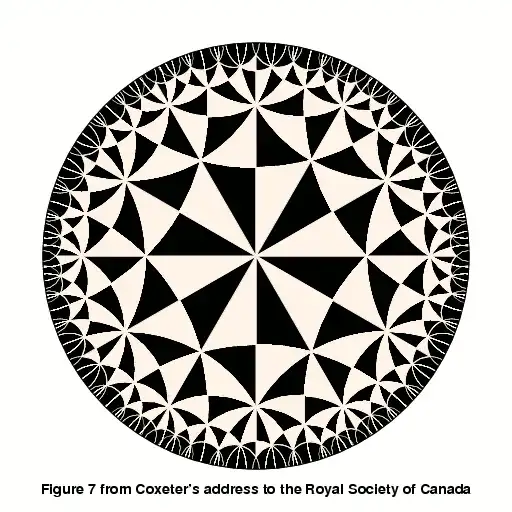As other answers have pointed out, there is no point of view or frame of reference that keeps up with a photon. Never the less, the idea that such a frame of reference exists as the limit of infinite boosts is a very natural one that comes up over and over. Here is why there are problems with that idea.
Suppose you start at rest in a certain frame of reference, and accelerate at $1$ g for $1$ sec. This give you a new speed. Do this again and again.
As you travel faster and faster an observer in your starting frame sees you traveling closer and closer to the speed of light, your clock running slower and slower, and your ruler getting shorter and shorter. The limit of these measurements is you traveling at the speed of light, your clock stopped, and your ruler contracted to $0$ length.
It is natural, but wrong, to suppose that at this point your frame of reference is the same as a photon. Therefore photons experience no time, and see the entire universe as contracted to a plane.
First, the limit state doesn't match what we see when we observe photons.
Photons travel at a finite speed. As they advance, they change phase. So the idea that they are in a frame where no time passes and all points along their path have been compressed into the same point is wrong.
Second, you don't get closer to traveling as fast as a photon.
This can be illustrated by a hyperbolic tesselation of the plane. The tesselation below uses 30, 45, 90 degree triangles. It became famous when Escher used it as the basis of his Circle Limit woodcuts. In this post, it represents a $2D$ velocity space.

An observer is stationary in his reference frame. This velocity is the center point. The sides of the triangles represent boosts in various directions.
As you undergo boost after boost, the observer sees you travel faster and faster. Your velocity is a point farther and farther from the center of the circle. But each boost gives a smaller change to your velocity. You never reach the edge, which represents the speed of light.
After each boost, you can measure the speed of a photon. Each time, it is still passing you at the speed of light. You are no closer to its speed.
This video shows how velocity space appears to you as you try to accelerate to the speed of light. Or equivalently, try to reach the edge of velocity space. (It isn't quite the same tesselation, and the path isn't quite a straight line. But it gives the idea.)
All the triangles are the same, though the ones far away appear distorted. These triangles become normal as you approach them.
No matter how many boosts you undergo, you are still at rest in your own frame. From your point of view, you are in the center of the circle. You are a finite number of boosts from the observer and an infinite number from the circle. No part of the circle has become any closer or farther from you.
As you move from triangle to triangle, you stay at rest in your own frame, though you move far away from the observer. You see each boost as making the same change in velocity. Though the cummulative effect on the velocity of the observer gets smaller and smaller. The observer recedes at close to the speed of light, but never reaches it.
From your point of view, the observer is getting closer to a state where his ruler shrinks to $0$ and his clock stops. You might think the observer is closer to matching speed with a photon you send in his direction.
The observer thinks no such thing. He sees your photons arriving at the same speed as always, though they are increasingly red shifted.
Mathematically, you are advancing from 1 boost to 2 boosts to 3 boosts, etc. The limit of this sequence is an infinite number of boosts. This really means the sequence diverges and there is no limit. The definition of an infinite limit is that given any finite number, after enough steps you will pass that number. The limit is not a state where you are sitting on a point named infinity.
This means given any speed slower than light, after enough boosts you will be going faster than that speed. But there is never a state where you are going the speed of light.
If you try to construct a limit, it would go something like this:
For any $\epsilon > 0$, there is a point $P$ in velocity space where you would measure the velocity as $v_p$ such that ($c - v_p) < \epsilon$. But an observer at $P$ would see a photon pass him at $c$. So the limit as "$P \rightarrow $ the edge" is a state where the observer at P sees a photon pass him at $c$. This really means at all large boosts, an observer at $P$ sees a photon pass him at $c$.
The separation between the interior of the circle and the edge is absolute.
All points in the interior of the circle are an infinite number of boosts from the edge. No number of boosts brings an observer from the interior to the edge. Likewise, it never brings a photon from the edge into the interior.
Some references on the mathematics of the tesselation, and how Escher's woodcuts illustrate it:
